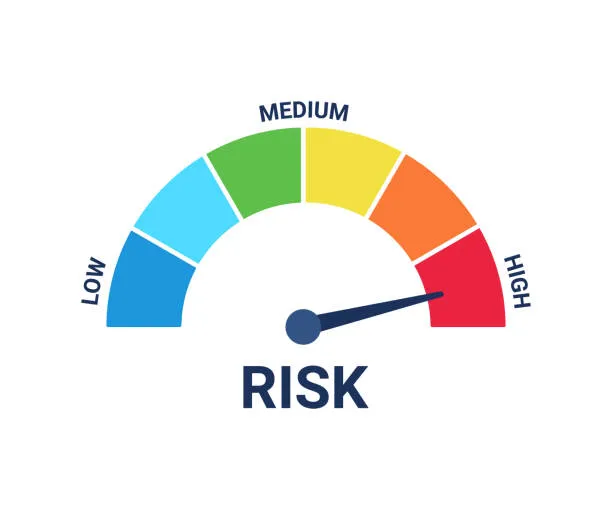The RAT should precede your MVP

Bringing a new product to market carries risks throughout its life cycle. As a founder or a product manager, you need to be aware of these risks all the time. At any given point of time there is one assumption that is is the riskiest. And that’s the risk you want to optimize for. Once you solve for that, then move to the next riskiest item.
Here is the hierarchy of risks a product goes through at various stages :
Risk: Customer has no pain point
You think customers might have a pain point because you have experienced it but when you speak to customers, it may turn out they don’t consider this a pain point. This is the holy grail of product management and the most risky of product assumptions that needs to be uncovered during discovery. The point of talking to customers is to reduce this risk. If this risk holds true, then your product or business will not go anywhere.
Customers will pay for a pain killer, not a vitamin.
Risk: Customer has pain point, but not many have this problem
You have uncovered a pain point in a couple of discovery sessions. You need to speak to many many customers to ascertain a pattern. If many customers report the same pain point, then you have a market to go after.
Risk: Many customers have this pain point, but the solution does not solve
After your validation, you decide to build the first version or MVP. Customer tries it but they don’t see the value or see minimal value. It could be because the technology is not sufficient, or infrastructure does not support the needs. Make a very frugal MVP and test out the solution with as many customers as you can. Then build a product.
Risk: Solution solves the pain point, but it’s a hassle
Now you are getting close to product market fit. The customer acknowledges the value but requires a ton of work on their end. Not worth the hassle.
How do we get over the hassle factor? Sometimes the hassle factor is simply lack of customer time commitment, or legal hurdle from customer or effort required of a customer.
Risk: No budget
Your customer is convinced your product is the best thing since sliced bread. But they cannot get the budget. In B2B, several stakeholders are involved. They all need give a thumbs up before a budget (or a PO) is approved. You may want to create a business case justification document or calculation to help your customer champion make the case internally.
Risk: Clients use but give up after some time
Adoption is always a challenge. Clients start to use your product excitedly but give up after a while. Getting to the root cause is important. Aren’t they getting value? Go back to first steps. Difficult to use? make product/process changes to reduce friction. They are simply not engaged or busy? Create a customer service playbook for regular touchpoints.
Client adoption is a leading indicator for retention.
Risk : Cheaper, better mousetrap appears
Competition catches up and is now stealing market share from you. How do you respond? Before you respond, you need to know where and how you are losing. Then target specific use cases where you can win. This is an ongoing task for a mature product team.
Risk: Technology or Industry shift
Technology, industry, or the broader economy can shift and can render your product useless or make it less effective. Staying abreast of these headwinds and fool proofing your product can reduce the risk.
Think of what iPhone did to Blackberry, or internet to AOL, or GDPR to marketing.
Conclusion
Find the riskiest of assumptions at any point of time and optimize for that before you move to the next assumption.
(PS — The riskiest assumption test or RAT is taught at UC Berkeley’s PM Studio program where I coach)

